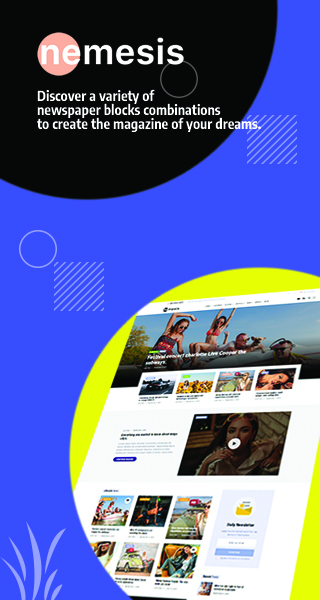
Building brand authority is key for businesses looking to stand out in a crowded market. But with so many different strategies and approaches, where do you begin? Is there a particular place you should start to achieve optimum results?
What is Brand Authority?
Brand authority is the trust level customers have with your brand. It’s the reputation that you have within your industry – and it means everything from a marketing and sales perspective.
“Brands with authority are the go-to companies in each niche,” CopyPress.com explains. “They’re the ones that start conversations and come up with innovative ideas that make clients and even other brands listen and take notice. That means with brand authority also comes brand influence. When you earn brand authority, your company receives perks.”
The perks of having high brand authority are multiple, including being seen as a thought leader, earning the trust of your customers, having a higher perceived value, etc.
When a brand has authority, it breeds familiarity with customers. And the stronger this bond becomes, the less fickle customer relationships become. You reach a point where an occasional mistake or shortcoming isn’t enough to scare a customer away. They essentially give your brand the benefit of the doubt in most situations.
Try These 4 Tips
Every brand wants to establish authority in their respective industry, but only a percentage do so. What’s the secret? And how can you become an authority in your niche?
- Develop a Unique sales Proposition
Every successful and authoritative brand has a Unique Sales Proposition (USP). This is an articulate statement that communicates what sets your brand apart and makes it special amid all of the other competitors in the space. Developing your USP has to be one of your top priorities. Here’s how to do it:
- Conduct a thorough analysis of your target audience: Understand their pain points, desires, and unmet needs.
- Assess your strengths and differentiation factors: What sets your brand apart? Is it exceptional quality, unique features, superior customer service, or a combination of factors?
- Craft a clear and concise statement: Summarize the unique benefits your brand offers in a way that resonates with your audience. Focus on the value delivered rather than just the features.
A good USP is not a statement on the features your products offer. Instead, it’s an articulate message that communicates the benefits your customers receive when they interact with you and your products.
- Create Compelling Content
Having a USP is important, but this is more of an internal resource to guide your business forward. You can think of it like a compass your team relies on for directions. Your content is what communicates the essence of your USP to your audience.
Content serves as a vehicle to convey expertise, knowledge, and trustworthiness to your audience. High-quality content demonstrates your brand’s understanding of industry trends, challenges, and solutions, whether it’s blog articles, videos, podcasts, or social media posts. Consistency and relevance in content creation reinforce your authority over time.
If you’re new to creating content, it’s a good idea to develop a content calendar where you plan out your content creation and publishing. This will help you develop the consistency that you need to reinforce authority. It also gives you the fuel you need to gain exposure. You can then hire a PR firm to help you leverage this content for additional media opportunities.
- Tap Into OPAs
Every brand has limitations when it comes to its audience. You can’t reach everybody. You’re limited by your advertising resources, connections, and existing circle of customers and people who you intersect in the marketplace.
For some brands, this sphere is big – including millions of people. For others, it’s very small. A new brand that’s just getting launched might only have an audience of a few hundred people.
One of the best ways to quickly expand is to tap into Other People’s Audiences (OPAs). This can be done by:
- Being a guest on other people’s podcasts so that you can reach their listeners
- Writing guest posts or articles on someone else’s blog
- Securing speaking opportunities at industry events
The list could go on and on. The important thing is that you’re consistently leveraging OPAs in order to expand your own audience. This is how you supercharge your growth.
- Leverage Social Proof
Trust is a huge component of brand authority. And there’s no better way to create trust than by showing people in the marketplace that other customers – their peers – have had a good experience working with or buying from you. This is known as social proof.
Always collect social proof. Whether it’s customer testimonials, reviews, statistics, or data points, you can use all of this information to objectively amplify the things your brand is actively trying to communicate.
Adding it All Up
At the end of the day, it’s all about understanding who you are, finding the right customers who believe in your message, and being consistent with how you convey your message. If you can do these things, great stuff will happen.







